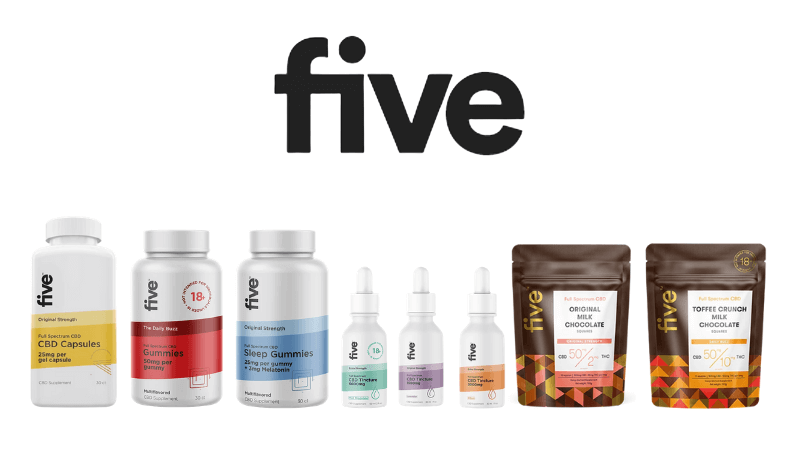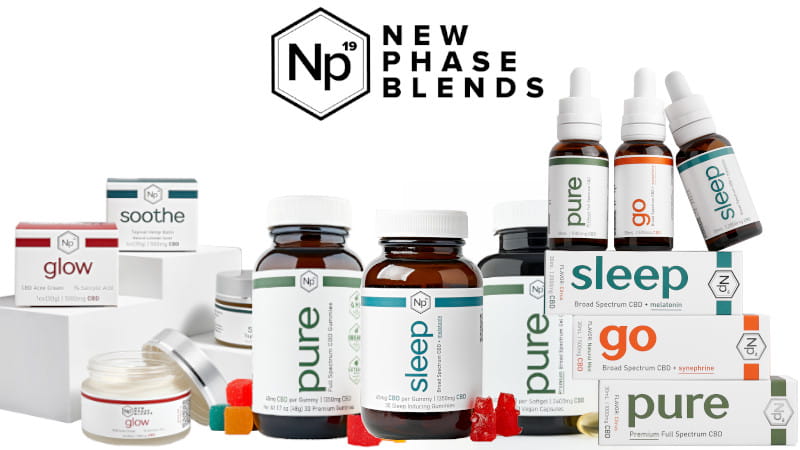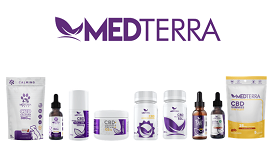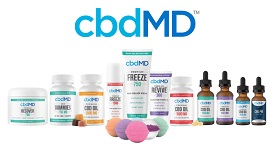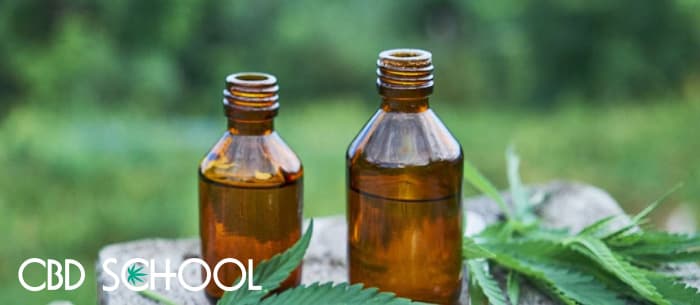Are you thinking about using CBD for pain relief? You aren’t alone.
Of all the reviews people give after trying out CBD oil, or other CBD products, pain relief is the most popular. Hands down.
Why is using CBD for pain so popular, though? How does using CBD for pain work? How do you go about using CBD for pain?
In today’s class, we get into all things related to pain and CBD use.
Using CBD for Pain
CBD and cannabis plants have been used for thousands of years for the relief of pain.
In multiple countries, spanning many eras, one of the most common uses of cannabis has been for pain relief.
In 1700 B.C. cannabis was used in Egypt to treat painful migraine headaches.
In the year 350, cannabis was thought to have been used to treat women for pain during childbirth.
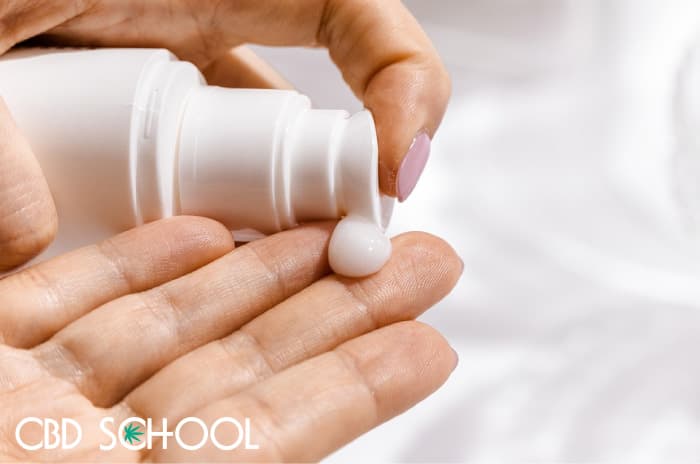
In 1842, cannabis became popular in Europe for treating nerve pain as well as depression and muscle spasms.
In 2006, a survey of patients seeking cannabis in California declared that 82.6% of patients were seeking cannabis for pain relief.
CBD and THC have demonstrated themselves as effective pain relievers and anti-inflammatory agents. People who use cannabis for pain report a better quality of life.
CBD is an excellent alternative to prescription pain medication because it is non-addictive, non-psychoactive, non-toxic, and all natural.
What Kinds of Pain Can CBD Help With?
People report that CBD and THC as well are useful for pain relief from:
Enjoying your read? Sign up to be a part of the CBD School community, and we’ll send you a free eBook called The Beginner’s Guide to CBD. It will get you caught up in all things CBD. Additionally, you’ll get updates on the best CBD products and discounts in the industry.
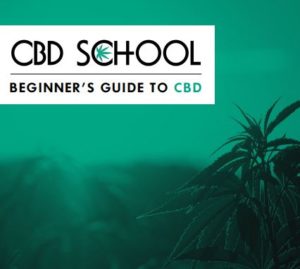
Benefits of Using CBD for Pain Relief
People who use CBD for pain report the following benefits:
- Improved sleep
- Better mood
- Anxiety management
- Increased mobility
- Less side effects compared to other medications
- Non-addictive
- Non-intoxicating
Side Effects of CBD
Most will find that CBD has few side effects.
Side effects like sedation, upset stomach, diarrhea, drowsiness, and dry mouth are possible.
Side effects are more likely to happen in high doses.
Since people in pain may be using high doses of CBD to relieve their pain, dosage may need to be decreased and spread out over time to decrease the negative side effects from happening.
How to Use CBD for Pain Management
Always speak with a doctor before using CBD, especially if you already take other medications.
CBD can cause drug interactions.
CBD is considered a potent anti-inflammatory and should be considered as a significant part of pain relief from cannabis.
This is both true for people new to cannabis and for those who have already been getting relief for years from THC dominant products.
Whole plant cannabis extracts have been demonstrated to be more effective with less negative side effects than synthetic or single-molecule compounds.

Aim for whole plant extracts to take advantage of the entourage effect from the terpenes and flavonoids present in cannabis.
If you are new to cannabis, you may be more comfortable starting out with CBD and then working your way towards adding in THC as well.
Start out with low doses and increase the dose in even increments slowly until you reach your desired effect.
You can try a dose for a couple days and then increase as needed.
A low starting dose for CBD is 5 – 10 mg
A low starting dose for THC is 2.5 mg
All of the common methods of delivery – inhalation, sublingual tinctures, capsules, edibles, and topicals – work for pain relief.
The fastest onset of effects will be from inhalation and sublingual tinctures.
Some patients like to combine different methods to get the benefits of more than one.
Topical CBD salves and creams are useful for specific parts of the body which are in pain. Just be careful with edibles which contain THC.
THC is converted into a compound with a stronger effect when processed through the stomach. Less is more when using edible THC.
How to Take CBD Oil for Pain?
Taking CBD products for pain is relatively straight forward.
First, decide what form of CBD you’d like to use:
- Topical Creams
- Oral Products (drops, gummies, pills)
- Smoking / Vaping CBD
Topical creams are applied on the skin, over the area causing discomfort.
Oral products are either swallowed (CBD capsules), or taken under the tongue (CBD tinctures/drops)
Smokable CBD items are inhaled. They work relatively fast, but don’t last as long as topical or oral CBD.
How Does CBD Work for Pain Relief?
You can thank your endocannabinoid system for why CBD works so well for so many people.
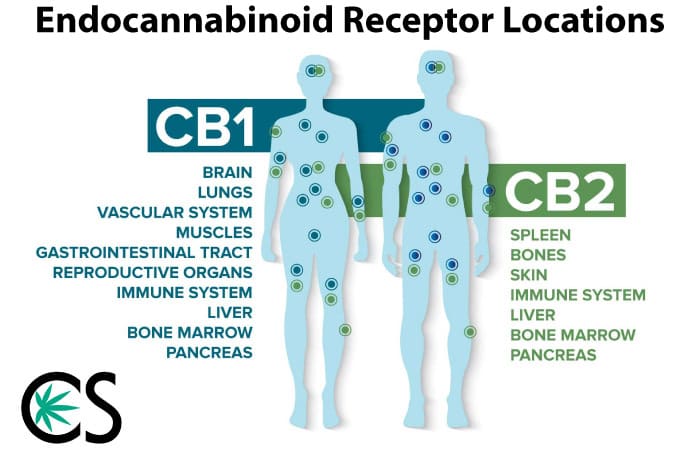
This bodily system has different receptors all over that cause different reactions when stimulated. CBD can actually indirectly stimulate the CB1 receptor, which is why things like inflammation reduction, or pain relief occur.
Does CBD Need to Have THC to Work?
A study which used a sublingual spray containing either THC alone, CBD alone, a combination of THC and CBD, or a placebo was done on patients with chronic pain from various causes.
All three variations of cannabis medicine improved quality of sleep over the placebo.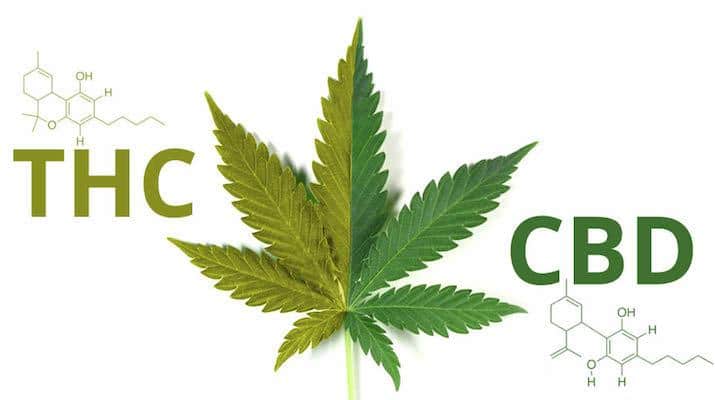
THC and CBD do work well together to reduce pain, however, THC is extremely psychoactive. Not everyone enjoys being high.
People that look to CBD for pain typically want pain relief, but are not comfortable with the intoxicating effects of THC.
For these patients, a better choice is a CBD dominant product derived from hemp. This way, there won’t be enough THC in it to get you high – at all. It’s not possible.
To take advantage of both the pain relieving effects of THC and CBD, some patients opt for a strategy of using CBD dominant products during the day and then adding in CBD/THC combinations at nighttime.
This allows them to stay clearheaded during the day and then use the THC + CBD at night for better sleep and relaxation.
You may not be able to get THC containing products where you live. In that case, you can stick to CBD.
Related read: State by State Guide on CBD Laws in the US
We encourage you to try different product variations to find what works best for you.
Studies on Pain Responses and CBD Use
- Sativex, a sublingual spray of equal parts CBD and THC, was tested on against a placebo for rheumatoid arthritis patients. Sativex produced significant pain relief with both movement and rest as well as improved quality of sleep.
- In 2015, a report was released from Israel on the results of patients with cancer using cannabis for pain. 70% of patients reported pain relief from cannabis use.
Common Questions About Taking CBD for Pain
Take some time to review some of the more common questions when it comes to CBD use and pain.
How long does it take for CBD oil to work for pain relief?
Normally, the effects from CBD can be felt pretty quick. If vaping CBD, expect an almost immediate effect. Topicals and orals can take a little longer to start to work, but also last longer than smokable CBD.
How much CBD oil for pain should I take?
There is no standard dosing for CBD products. Since the FDA has not approved CBD for use as a dietary supplement, that means they haven’t issued a standard dose like they have done for things like vitamin C or calcium.
Start with the lowest possible serving to see results, and work your way up from there. Check out this article on how much CBD people take to see results.
What is the best CBD oil for pain?
There really is no best CBD, per say. Keep in mind that not all CBD companies are honest, though. Unfortunately, many CBD companies under dose or mislabel their products.
Stick with reviewed brands from CBD School to make sure you are only buying the best CBD products on the market.
References

